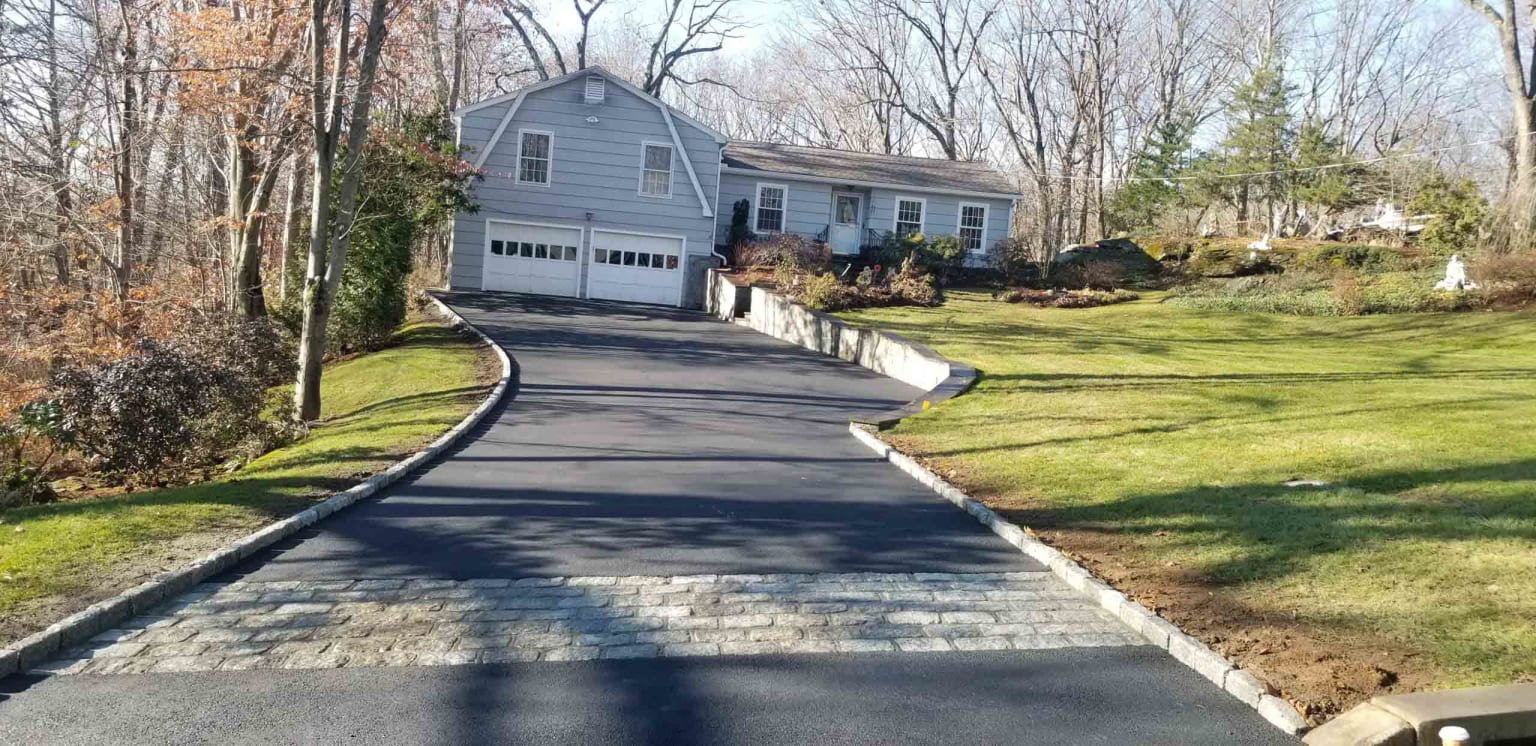Concrete walkways serve as practical, durable, and aesthetically pleasing additions to both residential and commercial landscapes. Whether enhancing your home’s curb appeal, providing a safe garden path, or establishing a durable public pathway, concrete walkways offer a versatile solution. This comprehensive guide will walk you through the necessary steps and considerations for successfully planning and constructing a concrete walkway.
Benefits of Concrete Walkways
Before delving into the construction process, it’s important to understand why concrete is a preferred material for walkways:
- Durability: Concrete is highly durable and can withstand heavy foot traffic, weather changes, and environmental factors without deteriorating quickly.
- Low Maintenance: Once installed, concrete walkways require minimal maintenance. Occasional cleaning and sealing can keep them looking fresh and extend their lifespan.
- Versatility: Concrete can be poured into various shapes and sizes and finished with different textures and colors, offering numerous design options.
- Cost-Effectiveness: Compared to other materials like stone or brick, concrete is generally more affordable, especially considering its longevity.
Planning Your Concrete Walkway
Start by planning the design and layout of your walkway. Consider the following factors:
- Purpose and Functionality: Determine the primary use of the walkway. Is it a garden path, a sidewalk leading to your front door, or a walkway in a public park?
- Location and Length: Decide on the starting and ending points of the walkway. Measure the length and width to determine how much material you’ll need.
- Shape and Style: Concrete walkways can be straight, curved, or a combination of both. Choose a shape that complements the surrounding landscape and architecture.
- Permits and Regulations: Check with local authorities to see if you need any permits for your project and ensure you comply with building codes and regulations.
Gather the necessary materials and tools before starting the project. Here’s a basic list:
- Concrete mix (ready-mix or custom mix)
- Gravel or crushed stone (for the base)
- Wooden stakes and string (for outlining the walkway)
- Measuring tape
- Shovel and wheelbarrow
- Level
- Forms (wooden boards to shape the walkway)
- Reinforcement (wire mesh or rebar)
- Trowels, float, and edger (for finishing)
- Concrete sealer (optional, for added protection)
Step-by-Step Construction Process
1. Preparing the Site
Excavation: Mark the outline of your walkway using wooden stakes and string. Excavate the area to a depth of about 6-8 inches, ensuring the ground is level and compacted.
Base Layer: Spread a layer of gravel or crushed stone, about 4 inches thick, to provide a stable base for the concrete. Use a tamper to compact the gravel.
2. Setting the Forms
Install wooden forms along the edges of the walkway. These forms will hold the concrete in place until it sets. Ensure the forms are level and properly aligned with the desired slope for drainage. Secure the forms with wooden stakes driven into the ground.
3. Reinforcement
To add strength and prevent cracking, place wire mesh or rebar within the forms. This reinforcement will help the concrete withstand stress and pressure over time.
4. Mixing and Pouring Concrete
Mixing: If using ready-mix concrete, follow the manufacturer’s instructions for mixing. For custom mixes, combine cement, sand, gravel, and water in the appropriate proportions.
Pouring: Begin pouring the concrete into the forms, starting from one end and working your way to the other. Use a shovel or rake to spread the concrete evenly, ensuring it fills all corners and voids.
5. Leveling and Smoothing
Leveling: Use a screed (a long, straight board) to level the surface of the concrete. Move the screed back and forth across the forms, removing excess concrete and filling in low spots.
Smoothing: After screeding, use a float to smooth the surface. For a finer finish, run an edger along the edges to create clean, rounded borders.
6. Adding Texture and Design
Concrete walkways can be finished with various textures and designs. Here are a few options:
- Broom Finish: Drag a broom across the surface for a non-slip texture.
- Stamped Concrete: Use stamping tools to imprint patterns that mimic stone, brick, or other materials.
- Colored Concrete: Add color to the concrete mix or apply a stain after it has set to achieve the desired hue.
7. Curing and Sealing
Curing: Allow the concrete to cure slowly by keeping it moist. Cover the walkway with plastic sheeting or use a curing compound to retain moisture. Curing usually takes about 7 days, but the concrete will continue to gain strength over several weeks.
Sealing: Once cured, apply a concrete sealer to protect the surface from stains, moisture, and wear. Sealing enhances the durability and longevity of your walkway.
Maintenance Tips for Concrete Walkways
To keep your concrete walkway looking its best and ensure its longevity, follow these maintenance tips:
- Regular Cleaning: Sweep away debris and wash the surface periodically with water and mild detergent.
- Sealant Application: Reapply sealant every few years to maintain the protective layer.
- Crack Repair: Fill any cracks or chips promptly to prevent them from spreading.
- Avoid Harsh Chemicals: Use ice melt and de-icing products that are safe for concrete to avoid damage during winter.
Enhancing the Aesthetic Appeal
Concrete walkways don’t have to be plain and utilitarian. Here are some ideas to enhance their aesthetic appeal:
- Borders and Inlays: Incorporate decorative borders or inlays using different colored or textured concrete.
- Landscaping: Surround the walkway with plants, flowers, or decorative stones to create a more inviting look.
- Lighting: Install pathway lighting to illuminate the walkway at night, improving safety and adding ambiance.
- Artistic Designs: Consider incorporating artistic designs, such as mosaics or engraved patterns, into the concrete for a unique and personalized touch.
Environmental Considerations
Concrete production has a significant environmental impact due to the high energy consumption and CO2 emissions associated with cement manufacturing. However, there are ways to reduce the environmental footprint of your walkway project:
- Use Recycled Materials: opt for concrete mixes that include recycled materials, such as fly ash or slag.
- Permeable Concrete: Consider using permeable concrete, which allows water to pass through, reducing runoff and improving groundwater recharge.
- Local Sourcing: Source materials locally to reduce transportation-related emissions.
- Sustainable Practices: Follow sustainable construction practices, such as minimizing waste and recycling formwork materials.
Conclusion
Building a stairs stonework is a rewarding project that can significantly enhance the functionality and appearance of your outdoor space. By carefully planning the design, selecting quality materials, and following proper construction techniques, you can create a durable and attractive walkway that will stand the test of time. Whether you’re a DIY enthusiast or hiring a professional, understanding the process and considerations involved will help ensure a successful outcome. With the right care and maintenance, your concrete walkway will remain a valuable and beautiful feature for years to come.





